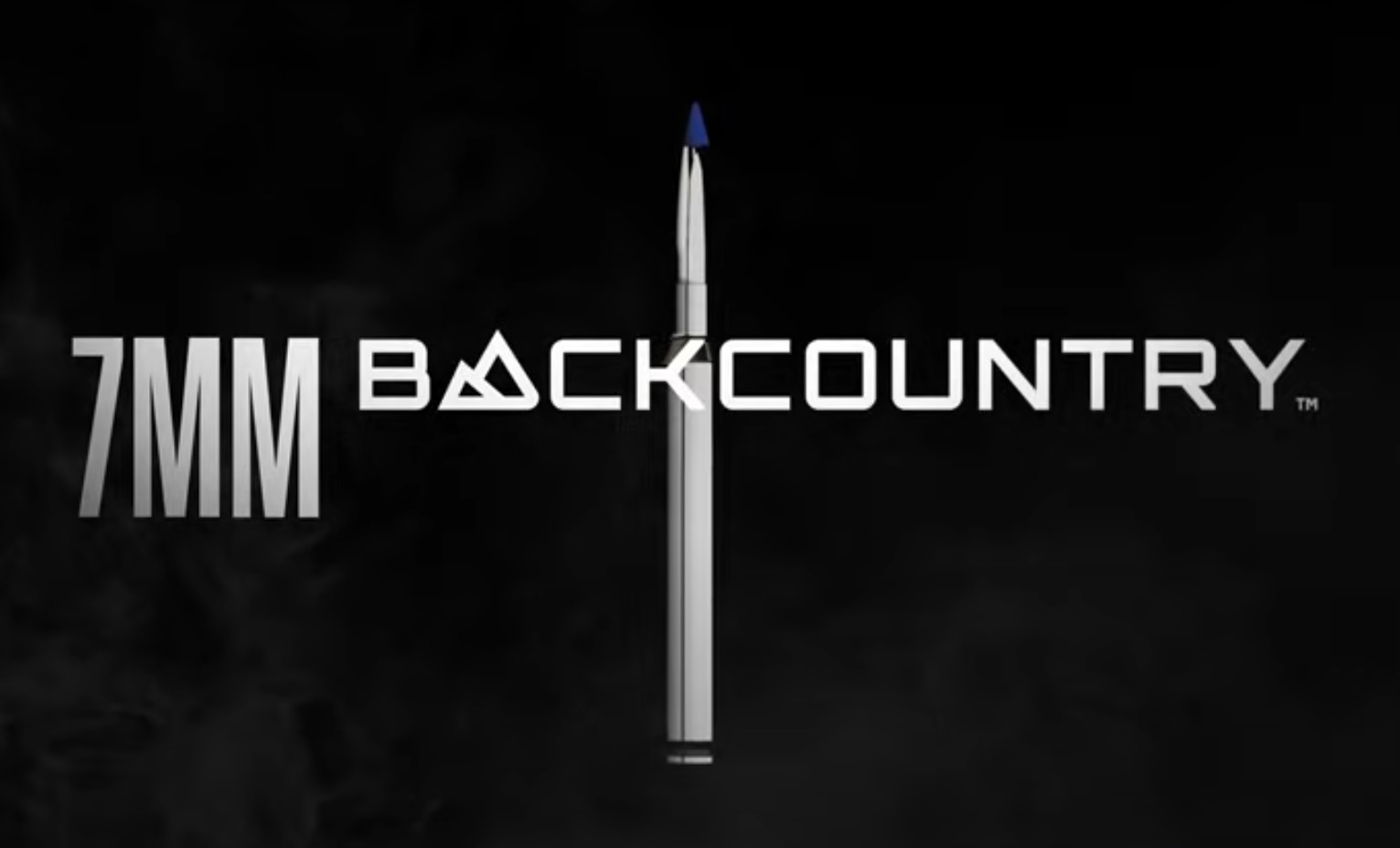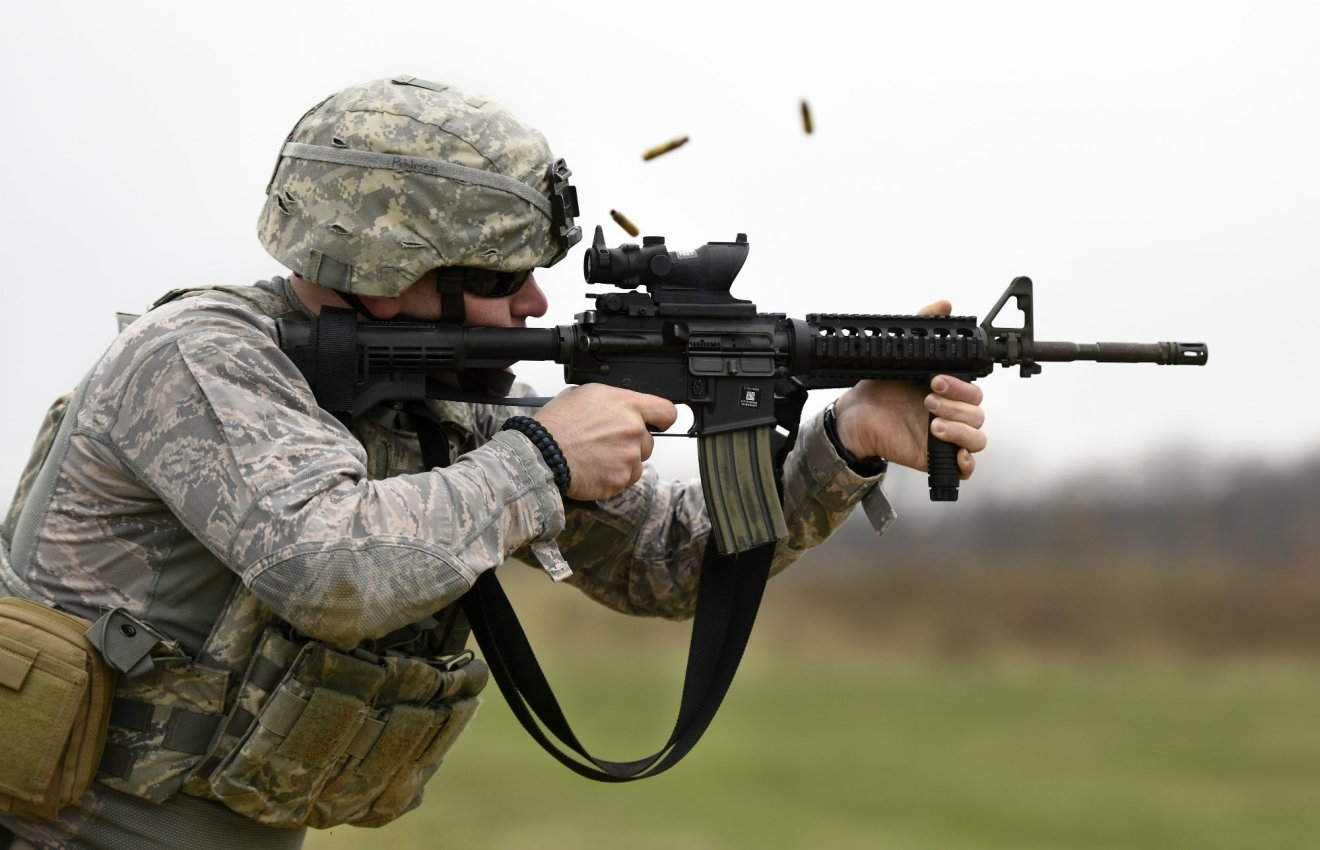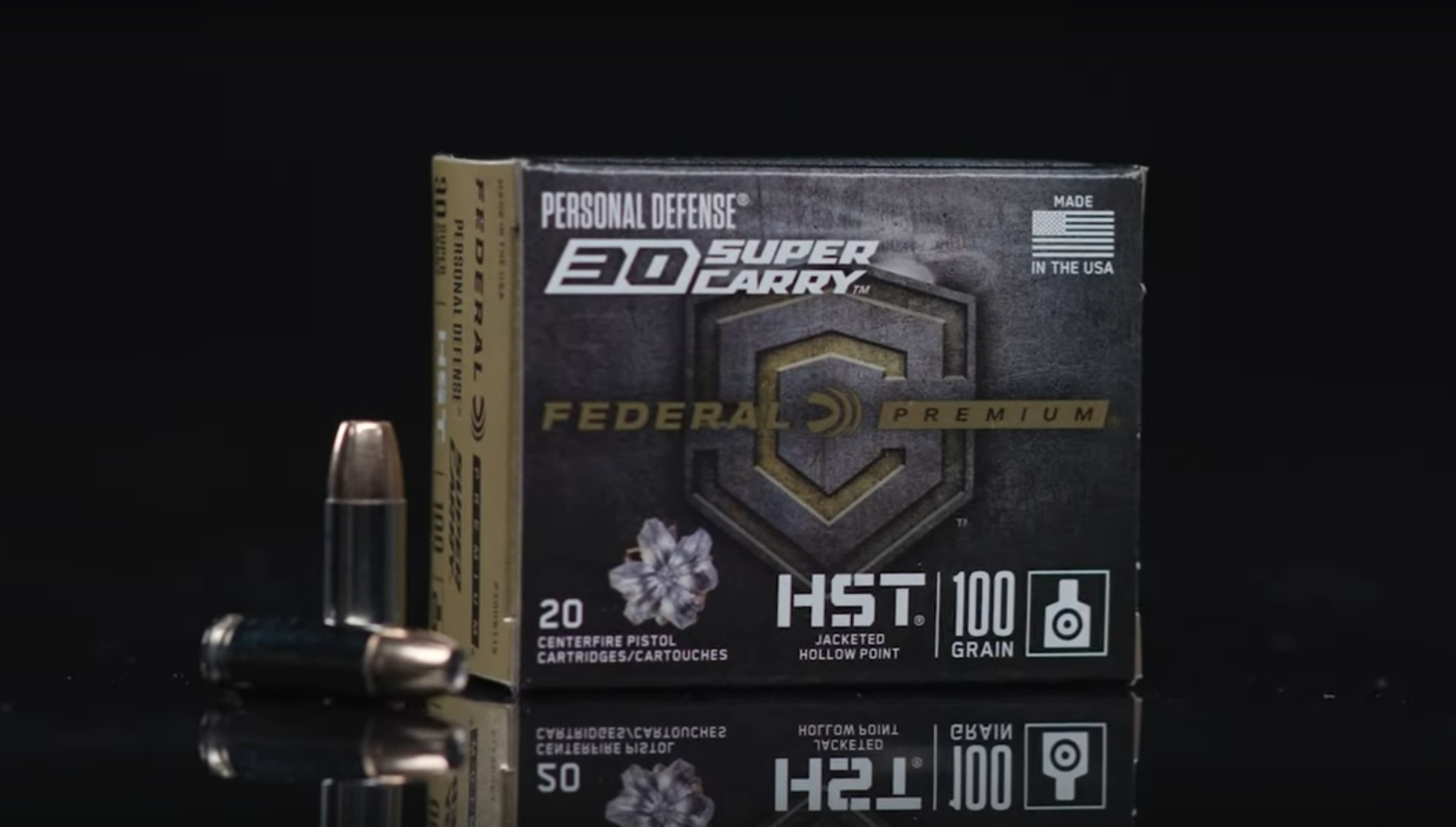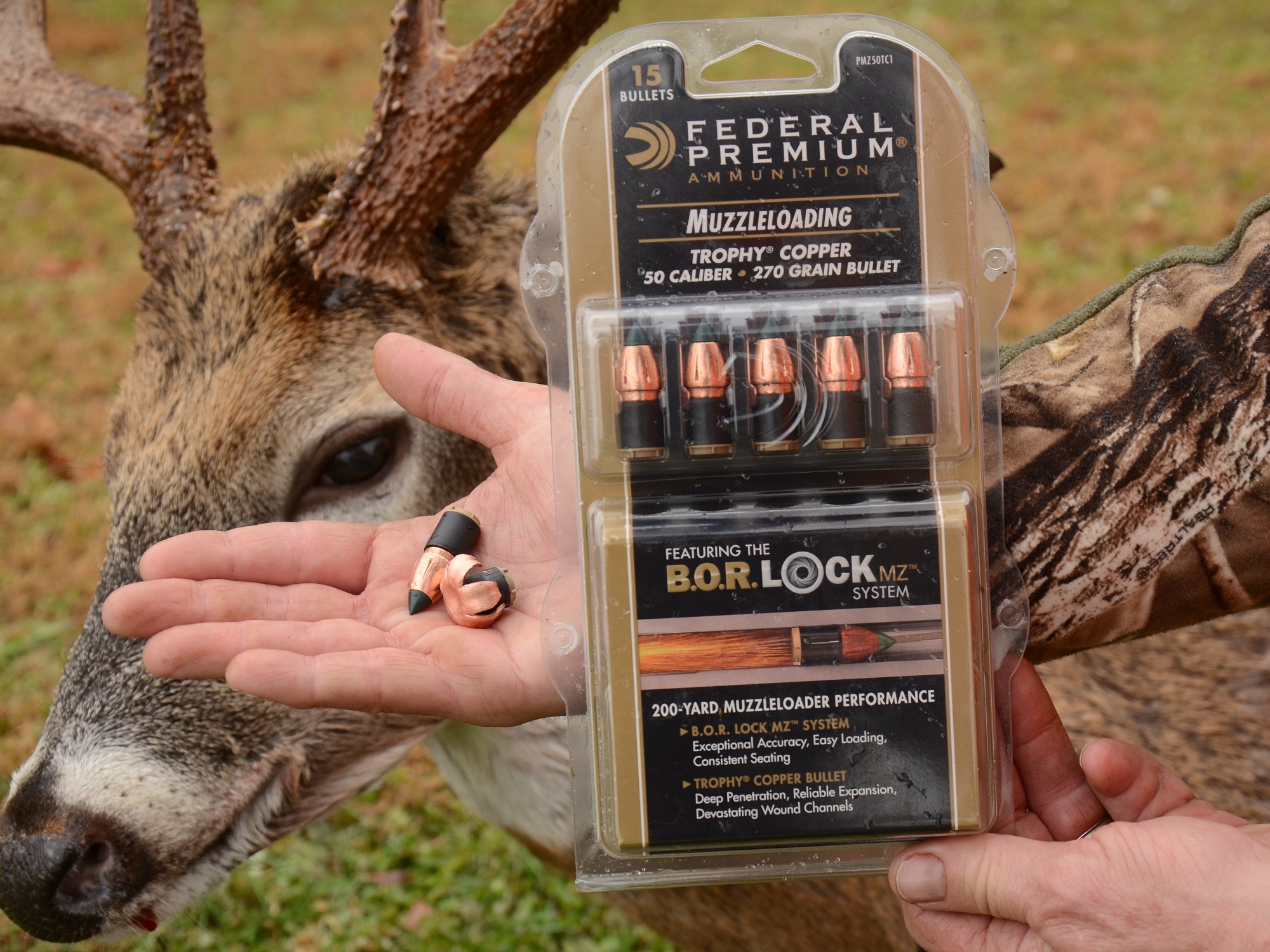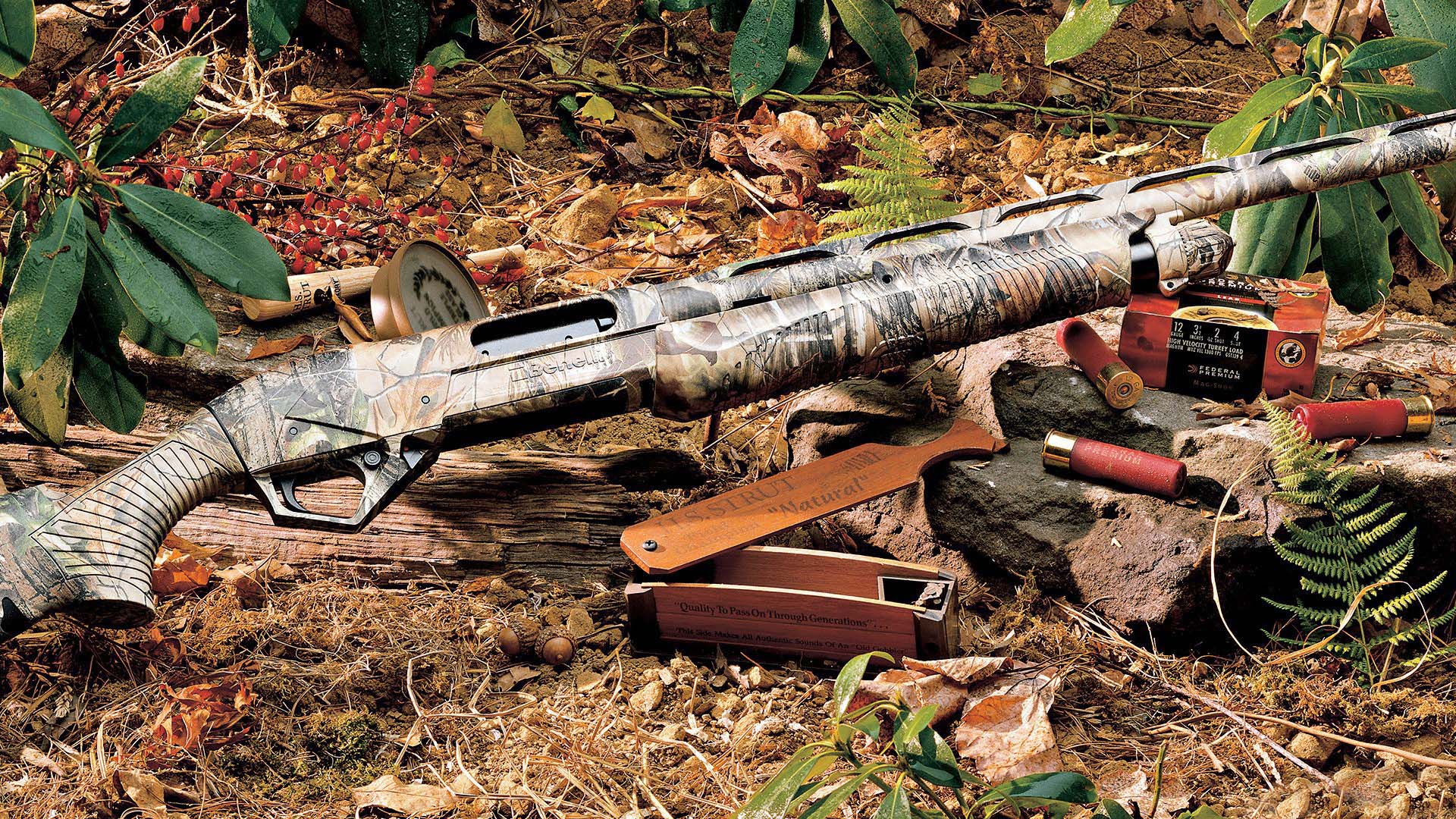"Yet another new 7mm cartridge," that's what the author of these lines thought when he studied the initial information on the 7mm Backcountry (BC) from Federal. However, the latest cartridge in the 7mm or .284" caliber group is not necessarily about generating a little more velocity than others. There are already plenty of magnum cartridges, but they need the corresponding barrel length to achieve their performance. The trend in hunting rifles in recent years has been towards ever shorter barrels. Not least in order to be able to carry a handy gun with a silencer fitted. Magnum cartridges, in particular, are literally neutered ballistically with short barrel lengths. Since the bullet exit velocity is mathematically calculated from the product of the acceleration and barrel time, it is not surprising that shorter barrels with shorter barrel times also have lower bullet velocities. So if the bullet's barrel time is limited by a short barrel, the desired bullet velocity can only be compensated for by greater acceleration. Among other things, this requires a lot of gas pressure, which brings us full circle to the 7mm backcountry.
Inner values: performance data of the Federal 7mm Backcountry
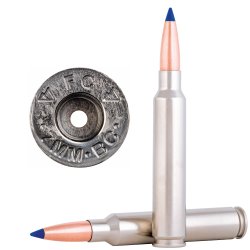
As a rule, rifle cartridges are limited to around 4,500 bar. The obstacle to arbitrarily increasing the working gas pressure in modern designs is not necessarily the gun, but the case material. If pressures are too high, the case no longer behaves elastically and the material is permanently deformed. The case becomes so tight that it is difficult or even impossible to pull it out of the chamber, and the primer pocket can usually no longer hold the primer. For the 7mm Backcountry, Federal uses a one-piece case made of a steel alloy that has similar springback properties to brass, but can withstand higher gas pressures.
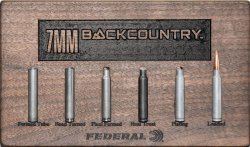
With this "Peak Alloy" alloy, gas pressures of up to 5,500 bar can be achieved without the case deforming plastically. The idea of giving a cartridge more gas pressure through a reinforced case material is certainly not new. SIG Sauer made a similar attempt in 2019 with the .277 Fury (6.8x51). However, the case of the .277 Fury cartridge is made of brass and only the base of the case is made of a steel alloy. Federal invested six years of development time in the new cartridge and chose the 7mm caliber group for the launch. The basic case with a 30-degree shoulder angle measures around 12 mm in diameter and 61 mm in length. With a cartridge overall length of up to 85 mm, the new 7mm cartridge from Federal is an impressive sight. The performance data of the 7mm Backcountry is impressive too. A 175-grain bullet from a 20" (508 mm) barrel achieves around 915 m/s. The sleek 195-grain Berger match bullet with a remarkable BC value of .755 still achieves a quite passable 869 m/s. The manufacturer claims around 45 m/s more velocity from longer 60 cm barrels. This makes the dream of a handy rifle with a relatively short barrel that can be used for long-range shooting a reality. According to Federal, there is no significant difference to conventional cartridges in terms of barrel wear. This statement is quite general, as there are considerable differences between the 7mm Remington Magnum and the .308 Winchester in terms of barrel wear. The manufacturer also states that most modern bolt-action rifles should be able to cope with these high gas pressures. In contrast to many small gunsmiths, high-volume manufacturer Savage, for example, has already included this cartridge in its regular catalog with the 110 PPR. In Europe, the cartridge would first have to be tested and standardised by CIP in order to gain a foothold in many countries. Federal is supplying the market with four loads with bullet weights from 155 to 175 grains for hunting purposes and a 195-grain HPBT match bullet for long-range enthusiasts. Incidentally, the Peak Alloy cases can also be reloaded, although the propellants that give the cartridge its extra performance are not (yet) commercially available.
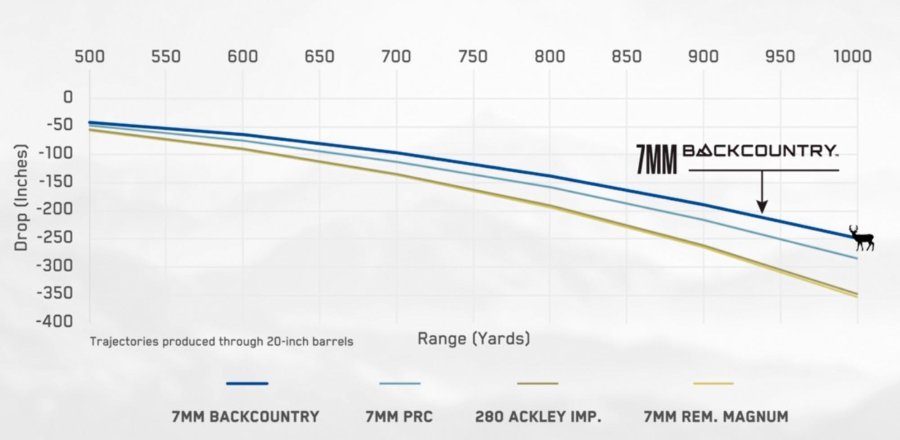
Overview: Federal 7mm Backcountry loads
| Name | Velocity from 50-cm Barrels | Velocity from 60-cm Barrels |
155 gr Terminal Ascent | 960 m/s | 1,006 m/s |
170 gr Terminal Ascent | 914 m/s | 960 m/s |
168 gr Barnes LRX 3000 | 914 m/s | 960 m/s |
175 gr Fusion Tipped | 907 m/s | 953 m/s |
195 gr Berger Elite Hunter | 869 m/s | 914 m/s |
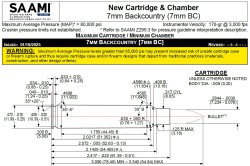
Future prospects of the 7mm Backcountry
The temptation to get a lot of power out of short barrels is undoubtedly in keeping with the spirit of the times. However, it remains to be seen whether the 7mm Backcountry will become more widespread. In order to establish a cartridge permanently on the market, it would be advantageous if many ammunition manufacturers included the 7mm Backcountry in their catalog. However, other manufacturers are unlikely to enter into the complex case production process or they would have to buy cases from Federal. For this reason, the 7mm Backcountry will certainly not have an easy time of it, although it is certainly interesting in ballistic terms. As soon as we know more about its possible availability in Europe, we will of course inform you here.



